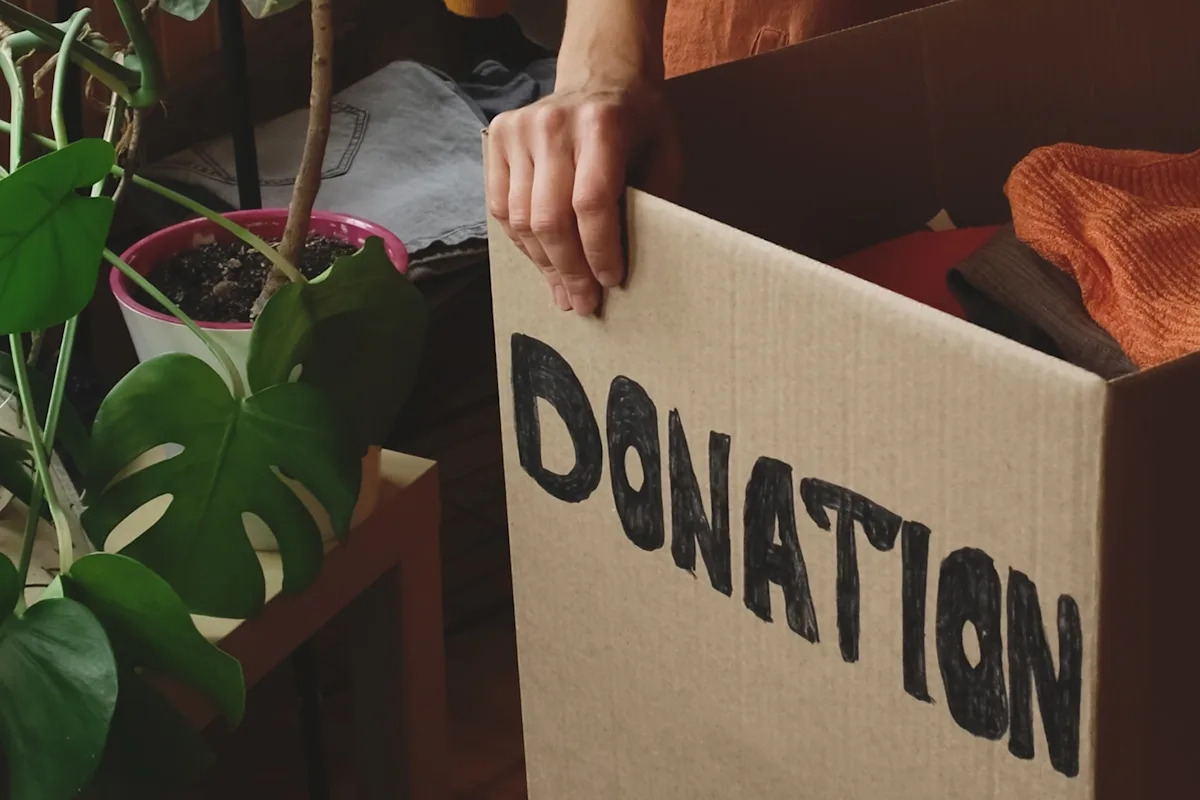Home / Environment / Secondhand Clothing Deluge Overwhelms Ghana's Kantamanto Market
Secondhand Clothing Deluge Overwhelms Ghana's Kantamanto Market
6 Oct
Summary
- 15 million garments arrive at Kantamanto market in Ghana each week
- Unsellable clothes often end up burned or dumped, worsening pollution
- Ghanaian NGO rescues 7 million garments from landfills in 2 years

As of October 6th, 2025, the global secondhand clothing crisis continues to overwhelm communities in Ghana. Kantamanto market in the capital city of Accra receives a staggering 15 million garments every week, as donations from overseas pour in.
Many of these donated items are unsellable, forcing traders to take on great personal risk to acquire the shipments. What can't be resold often ends up burned or dumped, further polluting the surrounding environment and worsening an already dire waste crisis.
The influx of cheap, synthetic fabrics has posed a particular challenge for skilled Ghanaian tailors, who struggle to repair, upcycle, and resell these garments. The pollution from these non-biodegradable textiles has also contributed to the severe contamination of the Korle Lagoon, which the Ghanaian president recently described as "the most polluted spot on Earth."
However, amidst the damage, some hopeful solutions are emerging. The Revival NGO in Ghana has rescued 7 million garments from landfills over the last 2 years, transforming them into upcycled clothing, rugs, and even sustainable housing materials. Their efforts, though inspiring, cannot keep pace with the global tide of fast fashion.
As the climate crisis exacerbates vulnerabilities, the Ghanaian government is now working to compel fashion brands to reject unsustainable practices and produce higher-quality, longer-lasting garments. Consumers can also play a role by wearing clothes for longer, repairing old items, and only donating truly wearable items.




